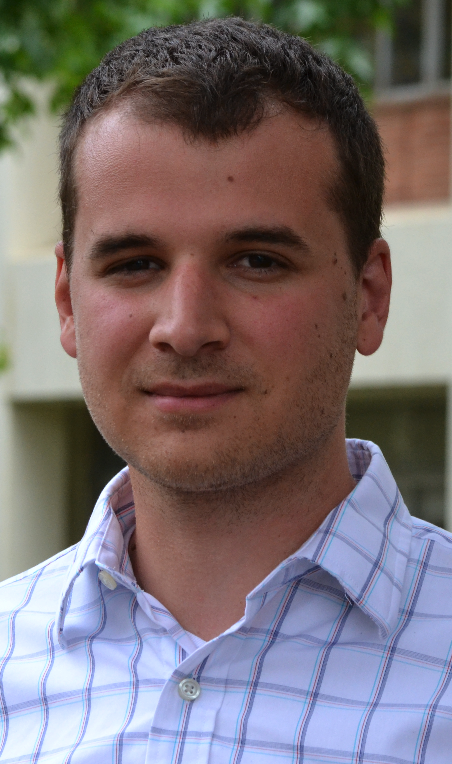Assistant Professor
University of California, Los Angeles, CEE

Mathieu Bauchy is a computational material scientist, specialized in amorphous and cementitious materials, with strong interest in the relationship between composition and mechanical properties of engineering interest.
Mathieu is presently an Assistant Professor in the Civil and Environmental Engineering Department at University of California, Los Angeles (UCLA). His goal is to reduce the carbon footprint of cement, which is responsible for 5% of human CO2 emissions. To this end, he is optimizing the composition of cement to make it more resistant to fracture and aging, which allows one to use less materials while achieving similar performances. He is also working on improving the energy efficiency of the grinding of clinker, and on reducing the use of clinker by studying the reactivity of alternative cementitious materials like fly ashes.
Prior to joining UCLA, Mathieu was a Posdoctoral Assistant at the Massachusetts Institute of Technology (MIT). He received his Ph.D. at Université Pierre et Marie Curie (Paris). His thesis was dedicated to the development of high-performance silicate and chalcogenide glasses by means of atomic-scale simulations.
University of California, Los Angeles, CEE
Massachussets Institute of Technology, CEE
UPMC, Paris 6, LPTMC
Ph.D. in Material Science
UPMC, Paris 6 - LPTMC, France
Master of Complex Systems
ENS Cachan - UPMC, France
"Agrégation" of Physics/Chemistry
ENS Cachan, France
Licence of Fundamental Physics
ENS Cachan, France




I am currently teaching in the Civil and Environmental Department at UCLA.
Stress, strain, mechanical properties of materials, axial load, torsion, bending, transverse shear, stress transformation, strain transformation, deflections of beams, buckling of beams.
The objective of this course is to provide a fundamental understanding of the nature and properties of glasses, in the field of infrastructures and technology (structures, LCD screens, touch-screen devices, fiber optics...). Special attention will be paid on glass formation and its relevance to manufacturing, and on composition-structure-properties relationships.
Statistical mechanics and numerical simulation, Monte-Carlo methods, molecular dynamics, correlation functions, phase transitions, advances Monte-Carlo algorithms, stochastic thermodynamics and fluctuation theorems, out of equilibrium statistical physics, aging.
General description, mathematics formulation, transverse and longitudinal mechanical waves, electromagnetic waves, acoustic, superposition, resonance, interference, diffraction, Doppler effect.
A few pictures of me.
Please feel free to contact me for more information about me or my research projects.
Mathieu Bauchy
University of California, Los Angeles
Civil and Environmental Engineering Department
5731B Boelter Hall
Los Angeles, CA 90095-1593
United States